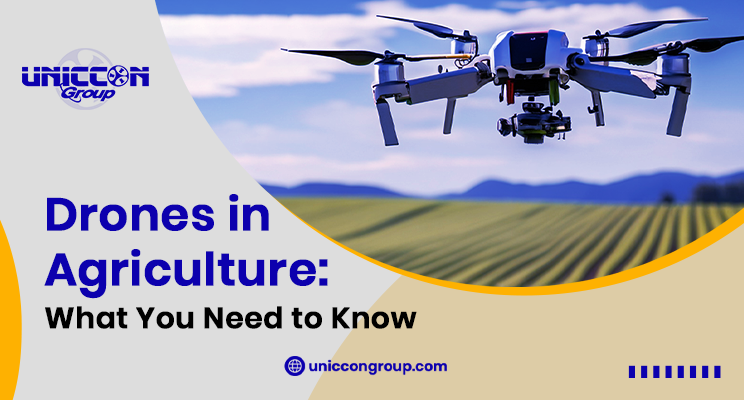
Overtime, modern technology integration has caused a significant transformation in the agriculture sector. One such innovation that has gained significant momentum is the use of drones in farming. These unmanned aerial vehicles (UAVs) are revolutionising traditional agricultural practices, offering farmers newfound efficiency, precision and insights into their operations.
In this article, we’ll delve into the various applications of drones in agriculture and examine the pros and cons of their integration.
Applications of Drones in Agriculture
1. Crop Monitoring and Assessment: Farmers, through drones which are equipped with high resolution cameras and sensors, can obtain real-time images of their fields, allowing them to identify potential threats such as pest infestations, nutrient deficiencies or disease outbreaks.
2. Precision Agriculture: Drones offer accurate data for targeted resource allocation. This information empowers farmers to optimise irrigation, fertilisation, and planting strategies, leading to higher yields and resource efficiency.
3. Planting and Seeding: Some advanced drones are equipped with planting mechanisms that can precisely distribute seeds across a field. This does not only save time but also ensures optimal seed spacing, resulting in more organised plant growth.
4. Crop Spraying: Drones equipped with sprayers can efficiently apply pesticides, herbicides, and other chemicals to crops. This targeted approach minimises overuse of chemicals and reduces environmental impact.
Pros and Cons of Using Drones in Agriculture:
Pros:
- Increased Efficiency: Reduces the time and labour required for field inspections and data collection.
- Precision and Accuracy: resulting in optimal resource allocation and improved crop yields.
- Environmental Benefits: Targeted applications of resources and chemicals reduce waste and environmental impact.
- Safety: Drones can access hazardous or hard-to-reach areas, minimising risks to farm workers.
Cons:
- Initial Investment: Acquiring drones and necessary equipment can be costly, especially for small-scale farmers.
- Skill and Training: Operating drones effectively requires technical knowledge and training, which may be a learning curve for some farmers.
- Weather Dependence: Drone operations can be hindered by adverse weather conditions.
- Data Management: Handling and analysing large amounts of data from drones may require additional technology and expertise.
Conclusion:
Drones have unquestionably transformed the landscape of modern agriculture, offering farmers an array of benefits that contribute to more sustainable and efficient farming practices. As farmers increasingly embrace this technological revolution, we can anticipate a brighter and more productive future for global food production.

Leave a Reply